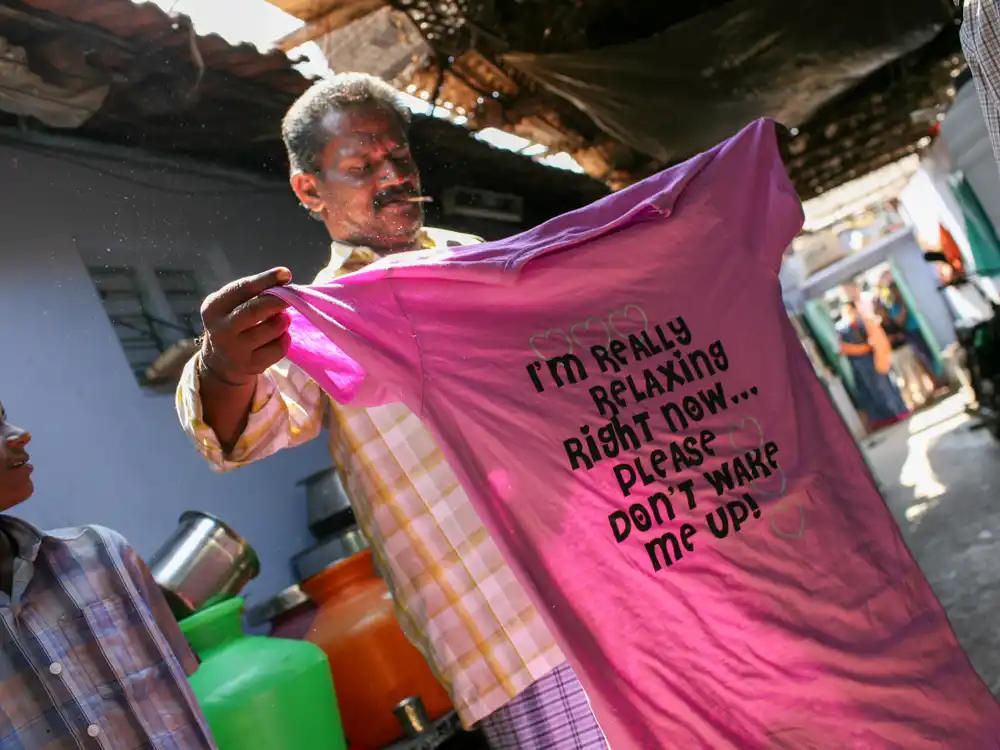If being in India feels like entering another world, Tiruppur is the kind of place where you feel like a cog in a sewing machine. A city of five million people, thousands of factories, and zero traffic lights. Really. Zero. And yet, no collisions. Why? Because India runs on different laws—of physics, of logic. Mostly invisible ones.
What the Slum Taught Me
In the evening, I step out of a luxury hotel. Mostly just European and American buyers stay in places like this. Right behind the hotel fence lies a slum—one of the biggest in the area. No asphalt, a maze of tin, plastic, bricks, concrete, and kids. It’s not somewhere a tourist guide would send you, but something pulls me in. Maybe curiosity or maybe the noise. Maybe just a need to understand how people survive here.

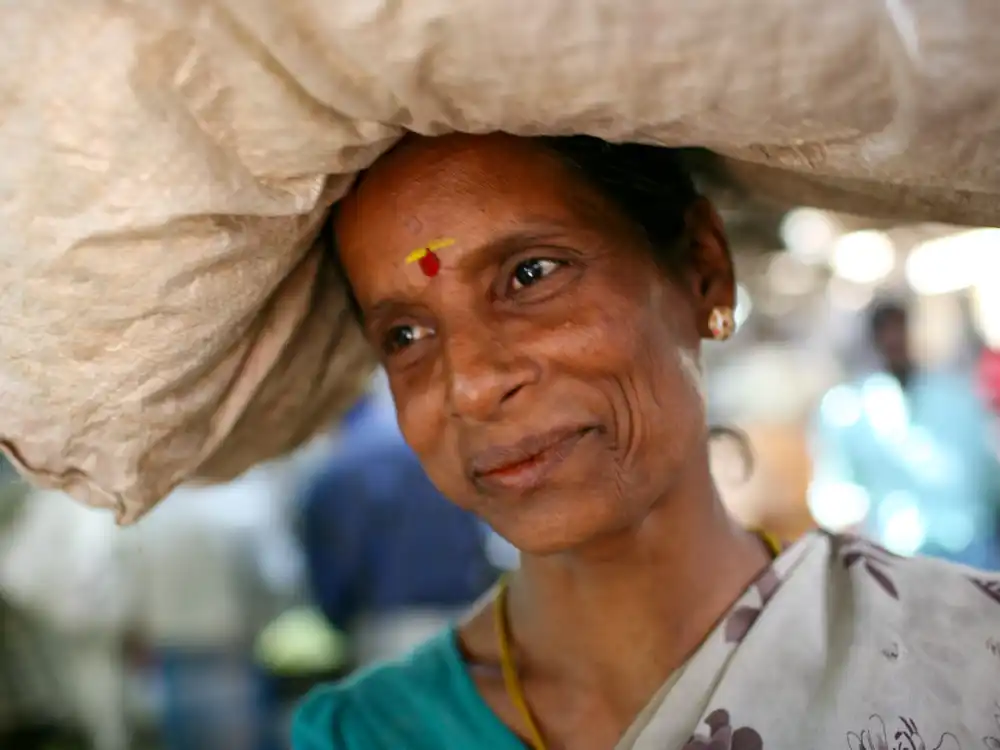


Mostly overworked people with blank stares, but smiles on their faces and hands like ash. I even spot a woman on the street in a modern black suit, like she just stepped out of a hotel lobby. Maybe she did. Maybe she got a job in an office, but comes back here every night—because this is where her family lives. A slum isn’t just a place—it’s a background that sticks to your name.
Water here comes straight from the river, which sometimes changes color—pink, turquoise, burgundy. Not a miracle, just a chemical cocktail from local textile factories. Nobody seems to mind. Everyone’s got bigger worries—like where to find a bit of rice for dinner or how to patch a hole in the corrugated metal roof.
Life in the Slum




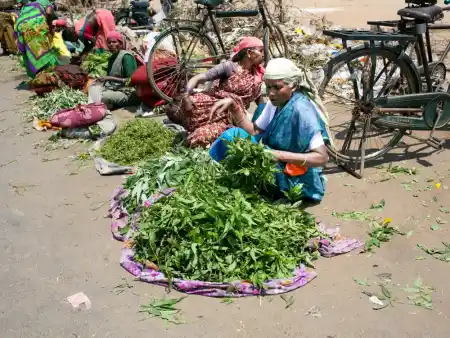

In the doorway of one home, I see blood. Not symbolic—real. It trickles across the concrete and into a drain, if you can call it that. The local butcher. Clearly having a good day. Hygiene isn’t a priority here—but smiles usually are.
I peek into other houses. Built one against another, forming a maze of alleyways that, surprisingly, are cleaner than the river or the main street. Most people invite me in. Their hospitality is genuine. A bunch of kids start following me around. Now there are about twenty. They watch me like some sweaty, fat alien from another planet who showed up with a camera. They laugh at me. I end up buying them candy. At least something that won’t be taxed—or stolen by karma.
Then I catch myself asking the simplest questions—what future awaits these kids? What are their chances? Only 60% of children from Indian slums finish primary school. Over half have no access to clean water. And even if one of them breaks out of the poverty cycle, many return—not because they want to, but because the world out there has no place for them. That’s one face of the most populated country on Earth.
In the slum, you survive if you’re fast, resourceful, and never dream too loudly.
“Our future?” an old man asked me, sitting in the shade of a broken rickshaw.
“We are the future. Always have been. Until someone up there decides enough’s enough.”
He smiled. He had half his teeth, but all the wisdom.




In the slum, life is lived between reality and a dream. Not a Hollywood dream. A quiet longing for dignity. For a day without worry. For a space where a child can grow up without the river turning them blue. In India, no one asks why the world is the way it is. Only how to survive in it. A question we ask less and less in our part of the world.
Everyone Sews—Even the Blind

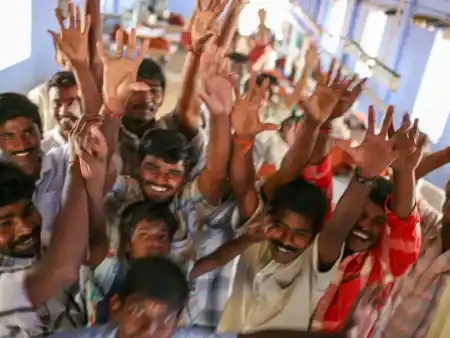
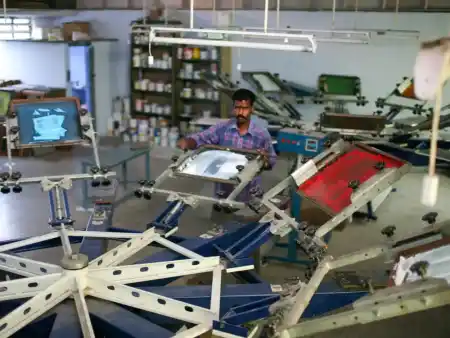
Tiruppur is India’s cotton capital. There’s a factory on every street. Some sew in air-conditioned halls with CNC machines, others in a basement with one bulb and two needles. Every home has its own sewing machine. Even the one where only a grandma and a goat live.
A young tuk-tuk driver named Surya shows me around. Every time we get stuck in traffic (about every 9 seconds), he turns around to explain another law of Indian life. Today, I learn that “every city has its bubble.” Here, it’s textiles. Jamshedpur, on the other hand, is the city of steel. It was founded by Jamshedji Tata, who also established Tata Steel, headquartered there. Jamshedpur is the heart of India’s steel industry and plays a big role in the country’s economy.
Another such city is Bengaluru. Known as the “Indian Silicon Valley,” it’s the hub of IT, startups, and tech parks. But it’s also a major center for incense stick production.
“In India, it’s like WhatsApp groups,” Surya says. “Everyone’s in their own—industry, caste, life, family.”



In the alley where I step out of Surya’s tuk-tuk, I spot a pile of shoes. Another textile shop. On it, a big sign: “No Child Labour.” At first, I breathe a little easier. Then I notice a boy, about twelve, sitting next to the women by the door. Twisting thread. Maybe he’s just “visiting.”
The Bus Station: A Wall of Sound and Reality



The markets are much like those in Tiruvannamalai. Maybe more mangoes, fewer sadhus.
But the Tiruppur bus station—it wrecks me. A massive playground of chaos, smells, honking, and human drama. Everyone’s going somewhere. Carrying something. Everyone’s yelling. I don’t know where to look first. I sit on a curb and watch a world that doesn’t care if you’re ready.
Surya joins me. He says thousands of people come to Tiruppur every day looking for work. Some sew. Some carry tea. Others just wait for something to change. Life here isn’t about beauty. It’s about endurance.
Indian Customs



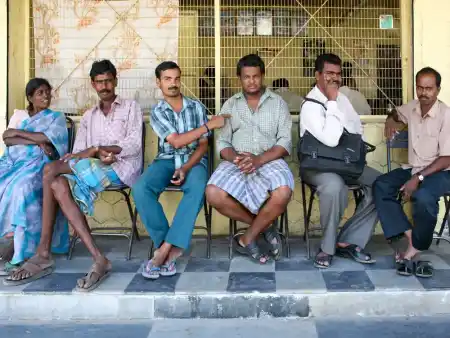
That is only make sense on the Other Side of the World.
Indians eat with their hands—but only the right one. The left is unclean—it has something to do with hygiene and certain… needs. They’re deeply spiritual, yet selfie sticks are sold outside temples.
Kids laugh. Adults less so. Yet everyone seems more alive than most of us. There’s no stress here. Just day-by-day living—between seams and cups of chai. And when I ask what the biggest dream of a local garment worker is, the answer is simple: “To one day sew a shirt that bears our name.”

